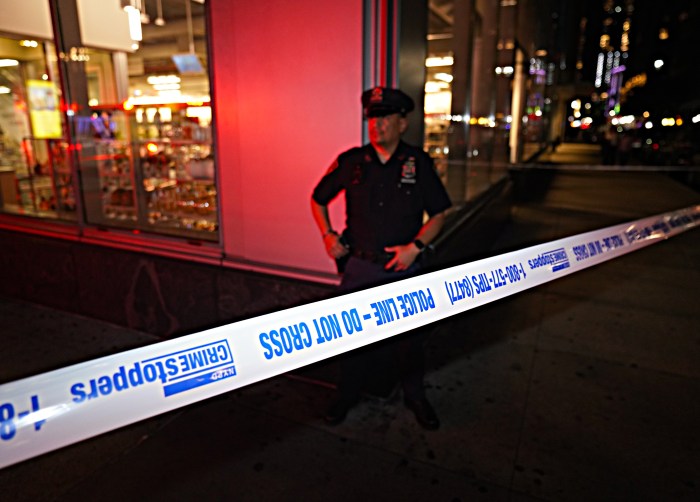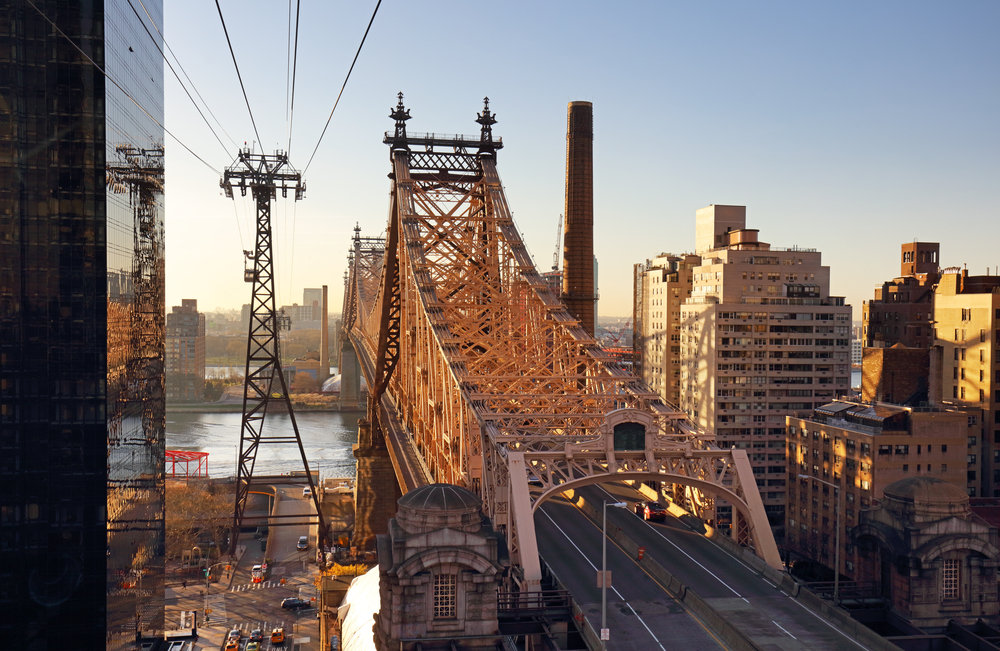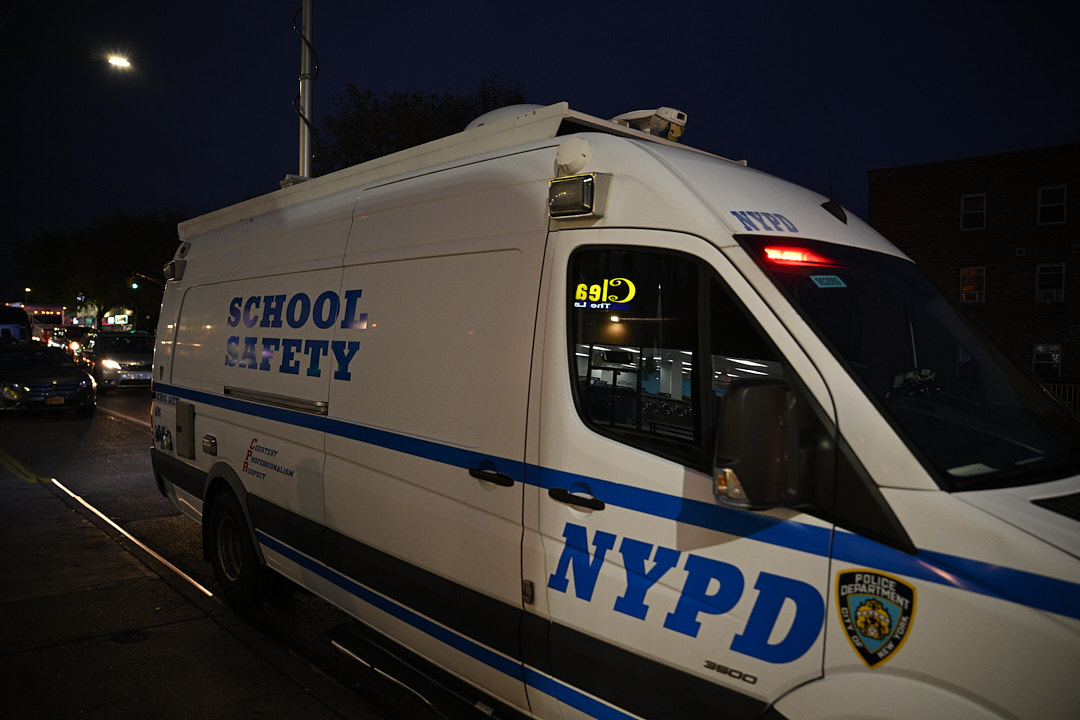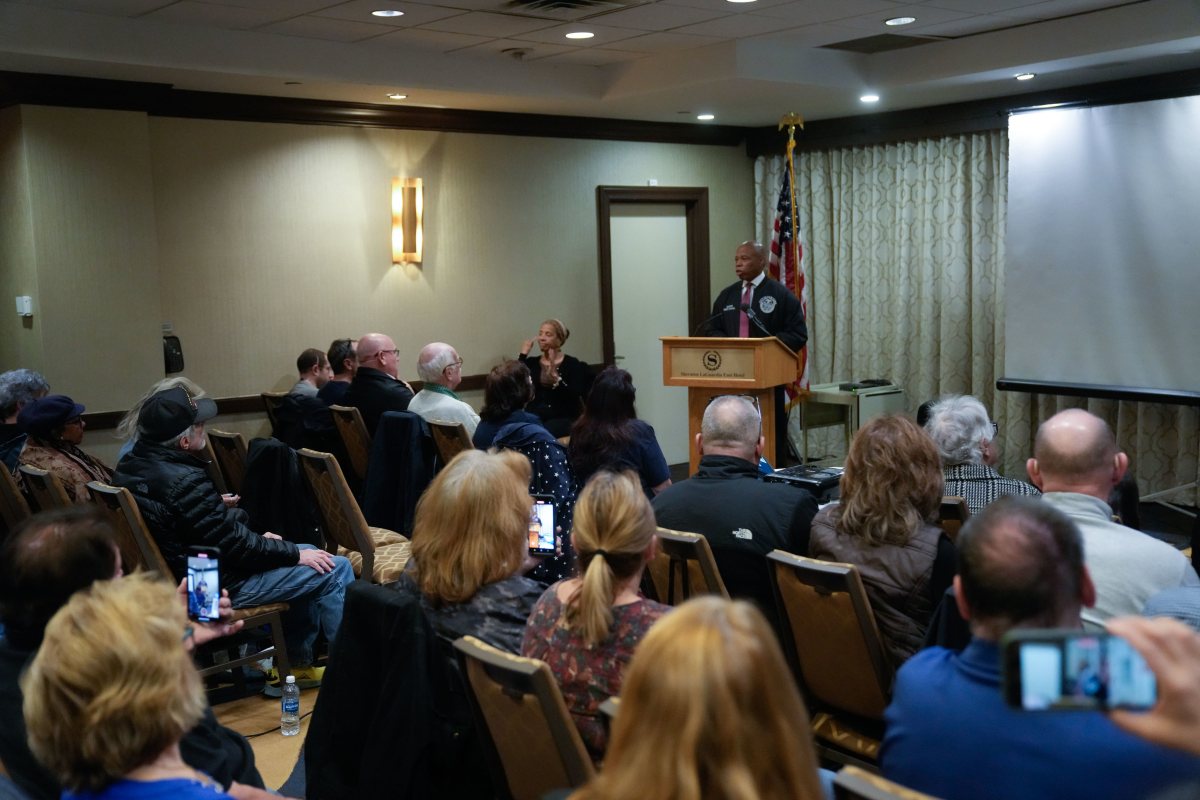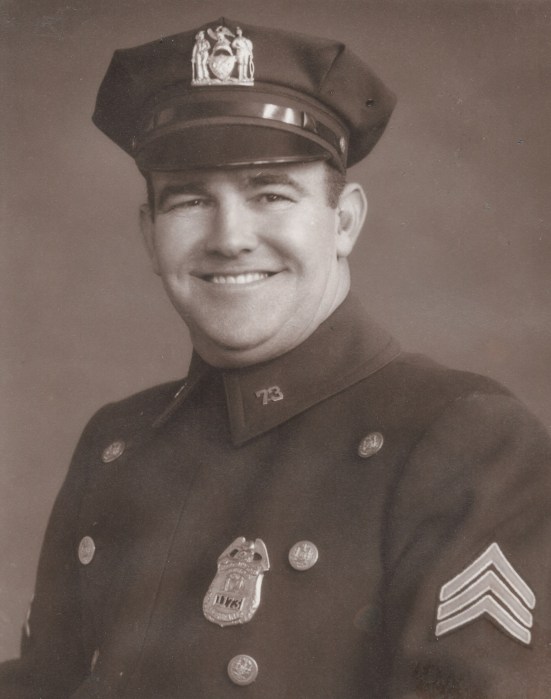
New Yorkers looking for some of the city’s little-known public plazas need a logo that pops.
That is the goal of a new international design competition that kicks off Monday. The city is hunting for a distinctive logo to clearly demarcate all of its 550 privately-owned public spaces.
These are plazas, arcades and other areas located on private property, but accessible to all pedestrians looking to take a break from the hectic city sidewalks.
“POPS are open to the public just like any one of our amazing parks or plazas,” Mayor Bill de Blasio said in a statement. “This competition will give a fresh face to POPS across the city and encourage New Yorkers and visitors alike to enjoy these public spaces.”
The competition is free to enter and open to anyone from around the globe. Submissions must be received online by March 15.
Many New Yorkers walk by these spaces every day, but may not know they can use them without making a purchase from nearby coffee stands or other concessions.
Some feature lush greenery, such as the glass-enclosed 590 Madison Ave. atrium, or a soothing water fountain like the one at 59 Maiden Lane. Bathrooms and food vendors are offered at some POPS, too.
“These are wonderful resources,” said Jerrold Kayden, a Frank Backus Williams professor of Urban Planning and Design at Harvard University and president of Advocates for Privately Owned Public Space. “But some have no signage whatsoever. Simply attaching a logo to a space converts it from being totally unknown to being known.”
Most of the POPS are sited in Manhattan, the result of zoning regulations designed to create publicly accessible spaces in dense parts of the city. Typically, developers may build larger than otherwise allowed if they reserve open space for the general public.
City officials said the program has created close to 3.8 million square feet of privately-owned public space in the city.
“If you aggregate them all together, they would make up 10 percent of Central Park,” Kayden said.
Interactive maps of POP sites are available on the Department of City Planning and Municipal Art Society websites.
But experts agree a logo on every space, similar to the signature leaf that adorns all city parks, would be the best way to make sure New Yorkers take advantage of them.
Currently, some of the city’s POPS are marked with signs that include a sparse green tree. But it has not caught the eye of New Yorkers.
“Some people have referred to it as a stalk of broccoli,” Kayden said.
Members of the public can vote on the contest submissions, which will be posted online and on view at a public exhibit in March. Those votes, along with a panel of judges, are expected to select three finalists. City Planning director Marisa Lago may choose one of the finalists as the winner.
Finalists are slated to receive a $2,000 prize, with the winner getting an additional $2,000. The official POPS logo is expected to be announced May 20.
For more information, visit the competition website at popslogo.nyc.



